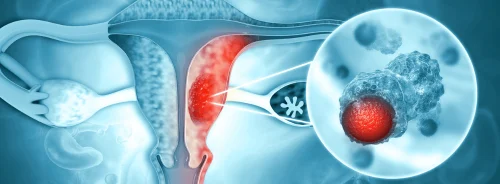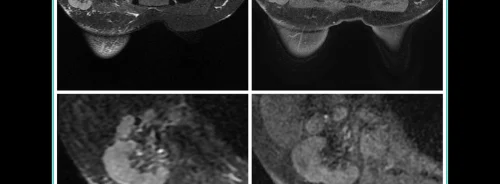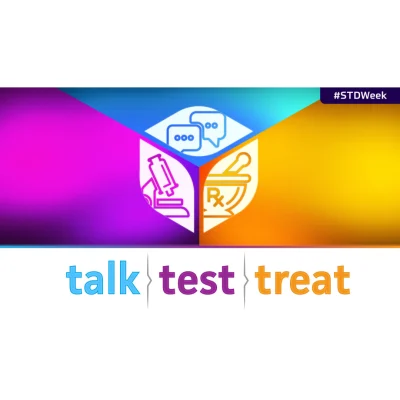Sexually Transmitted Disease (STD) Awareness Week is observed in the U.S. yearly during the second whole week of April. The U.S. Centers for Disease Control and Prevention (CDC) estimates that 20% of the U.S. (68 million) had a sexually transmitted infection (STI) in 2018. About 26 million were new infections which incurred USD $16 billion in direct medical costs,of which half were among youth aged 15- 24 years.
STDs continued to increase in the U.S. in 2020 according to a recent CDC surveillance report. Reported gonorrhoea and primary and secondary syphilis cases increased 10% and 7%, respectively, compared to 2019. Syphilis among newborns increased 15% from 2019 and by 235% from 2016. Reported chlamydia cases declined 13% from 2019. The decline is suggested to be likely due to decreased screening during the COVID-19 pandemic rather than a reduction in new infections.
Despite the alarming statistics in the U.S., STDs are a global issue. Over one million STIs are acquired every day globally. Each year, it is estimated that 374 million new infections occur with 1 of 4 STIs: chlamydia, gonorrhoea, syphilis and trichomoniasis. Over a half-billion people aged 15 to 49 years have a genital herpes infection. About 570,000 cases of cervical cancer in 2018 and over 311,000 cervical cancer deaths each year are suspected to be due to HPV infection. An estimated million pregnant women were infected with syphilis in 2016, resulting in over 350,000 adverse birth outcomes, including 200,000 stillbirths and newborn deaths.
STIs are common and generally treatable with antibiotics but often are left undetected and untreated because many do not experience symptoms. Untreated, STIs can lead to serious illness. Untreated chlamydia or gonorrhoea carries risks for pelvic inflammatory disease and infertility in women. Syphilis in late stages eventually damages internal organs and can result in death.
STD Awareness Week provides an opportunity to raise STD awareness, the impact on people’s lives, and reduce STD-related stigma, fear, and discrimination, and ensure people have the tools and knowledge to prevent, test for, and treat STDs.
Additionally, the CDC has the campaign ‘Talk. Test. Treat.’ to encourage individuals and healthcare providers to take these actions to protect their health, the health of their partners, and that of their patients. This campaign promotes the concept that all STDs are preventable, treatable, and mostly curable.
For more Women's Health newsClick here
Sources:CDC - STD Awareness Week, CDC - 2020 STD Surveillance Report, WHO
Image Credit:CDC











